The declassification of a 24-page classified appendix to Special Counsel John Durham’s 2023 report has injected fresh detail into an already dense record of how the 2016 Trump–Russia narrative took shape. The appendix—often referred to as the “Durham annex”—collects and analyzes intelligence that U.S. agencies obtained in early and mid-2016. At a high level, it describes intelligence reporting that the Clinton campaign and allies pursued a plan to tie Donald Trump to Russia, and it critiques how the FBI received and acted on that information. The newly public material elaborates on themes Durham outlined in his unclassified report: weak vetting of politically sourced claims, heavy reliance on the Steele dossier (also paid for and contrived by the Clinton Campaign), and uneven standards applied to the Trump and Clinton matters.
What Was Declassified
The annex compiles intelligence reporting and internal assessments produced across 2016–2017, including memoranda describing “confidential conversations” among Democratic Party and allied nonprofit figures, as well as references to campaign strategy. Durham’s team treated those materials as inputs to be weighed alongside other records. The annex states that analysts who were familiar with the collection believed key email excerpts referenced in the reporting were “likely authentic,” while acknowledging they could not produce exact, original copies from all sources. Separately, the CIA’s own authenticity review concluded the intelligence in question did not appear to be Russian fabrications. The appendix situates these findings within the broader timeline: Fusion GPS was conducting opposition research funded by the Clinton campaign and the DNC; the Steele dossier was being assembled; and the FBI’s Crossfire Hurricane inquiry opened on July 31, 2016.
Key Findings in the Annex
The documents describe a plan inside the Clinton orbit to elevate the theme of “Putin’s support for Trump” and keep it in the headlines, even absent direct proof of coordination. Several passages attribute to campaign-aligned interlocutors an expectation that media and cybersecurity firms with FBI ties—often named in public discourse as CrowdStrike and ThreatConnect—would help frame the narrative if direct evidence didn’t exist, with the understanding that official attention could “put more oil on the fire.” Other passages say Hillary Clinton personally approved an approach that linked Trump to Russian hackers, with the political aim of shifting attention from her own email controversy. Durham’s annex further recounts that senior U.S. officials were briefed in early August 2016 on intelligence indicating such a plan existed, and that the CIA sent an investigative referral to the FBI referencing a “purported Clinton campaign plan.”
The appendix also re-details ground covered in Durham’s main report: the Steele dossier’s provenance as opposition research; its use as part of the FISA package on Trump adviser Carter Page; and later Inspector General findings about errors and omissions in FISA renewals. Durham again stresses that the FBI had multiple warnings about the dossier’s reliability and the political origins of claims pointing at the Trump campaign, yet pushed ahead without adequate corroboration.
How the FBI Handled the Intelligence
Durham’s bottom-line criticism remains procedural: the FBI “appears to have dismissed” intelligence about a potential Clinton campaign plan as “not credible” without taking the basic investigative steps necessary to confirm or disprove it, even as it aggressively advanced the Trump-focused probe. The annex adds texture on timing. On March 31, 2016, then-Deputy Director Andrew McCabe and others shared intelligence related to the “campaign plan” with Justice Department officials. In July and August, as the campaign season peaked, additional reporting arrived indicating that Clinton-aligned figures expected both media and government attention to drive the narrative. Meanwhile, the bureau proceeded with Crossfire Hurricane based on fragmentary leads, while the FISA process on Carter Page relied heavily on the dossier despite red flags.
Durham emphasizes that “being alerted” does not equal “proven true.” The annex is careful to present assessments in the language of intelligence—probabilistic, caveated, and linked to sourcing—rather than courtroom proof. Still, the appendix argues that the FBI had enough to treat the “campaign plan” reporting as a live lead. The core critique is the disparate standard: a low evidentiary threshold to pursue allegations against the Trump side and an unusually high bar, or inertia, when intelligence pointed toward political orchestration on the Clinton side.
What Officials Say Now
Public responses to the declassification follow familiar lines. Former senior intelligence officials maintain that the 2017 Intelligence Community Assessment (ICA) on Russian interference was methodologically sound and that the Steele dossier did not drive the ICA’s analytic judgments. They note the dossier appeared in a separate annex to a highly classified version of the ICA at the FBI’s request, not as a source for the assessment’s key findings. The annex itself acknowledges that point while questioning judgment in elevating unverified opposition research so close to formal intelligence products and judicial processes.
Open Society Foundations has publicly rejected claims that it “orchestrated” anything tied to FBI decisions, calling such assertions false and politically motivated. For their part, congressional overseers who pushed for declassification argue that the newly public material shows a failure to pursue credible indications of a political plan to seed and amplify the collusion narrative. The Justice Department and the FBI, under current leadership, have generally pointed back to the Inspector General’s corrections to FISA processes and to internal reforms initiated after 2019.
Importantly, Durham’s overall investigation did not conclude there was a criminal conspiracy inside government to fabricate intelligence. The special counsel criticized investigative decisions and judgment calls, and obtained one guilty plea tied to document alteration in the FISA process, but brought no sweeping charges against senior officials.
What Comes Next
The release of the annex ensures that the remaining disputes will be fought with more of the underlying text in public view. Expect additional oversight activity on Capitol Hill focused on three threads: (1) whether the FBI took any steps—however limited—to test the “campaign plan” intelligence; (2) how the bureau weighed the Steele dossier’s partisan origins when it sought and renewed surveillance authorities; and (3) whether the 2016 briefings to senior officials triggered any formal guardrails that were ignored or overridden.
Beyond oversight, two practical implications remain. First, FISA reform will continue to draw bipartisan attention, with this annex reinforcing concerns about verification standards for politically sensitive cases. Second, future campaigns and the government alike now have a clearer public record of how fast-moving opposition research can collide with national-security processes. The annex doesn’t settle every argument about intent or authenticity, but it sharpens the factual baseline: intelligence existed that a political plan was underway to connect Trump to Russia; key agencies were aware of that reporting; and the FBI did not meaningfully investigate those leads even as it pursued allegations in the other direction. That is the specific procedural failure the newly declassified material brings into sharper focus.



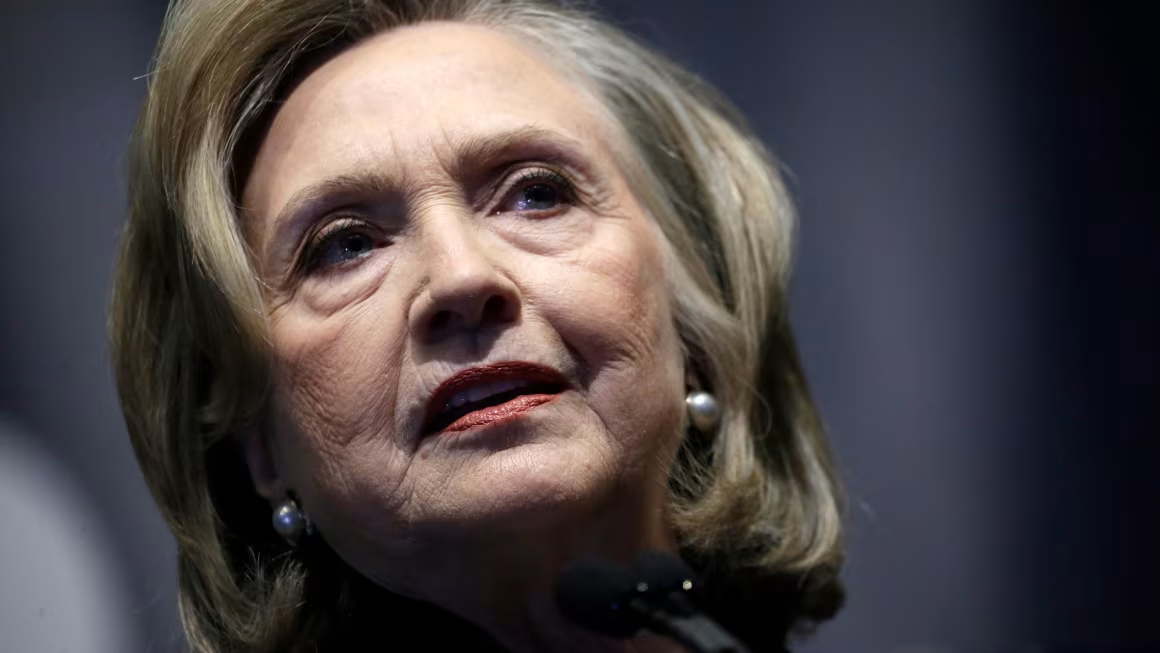



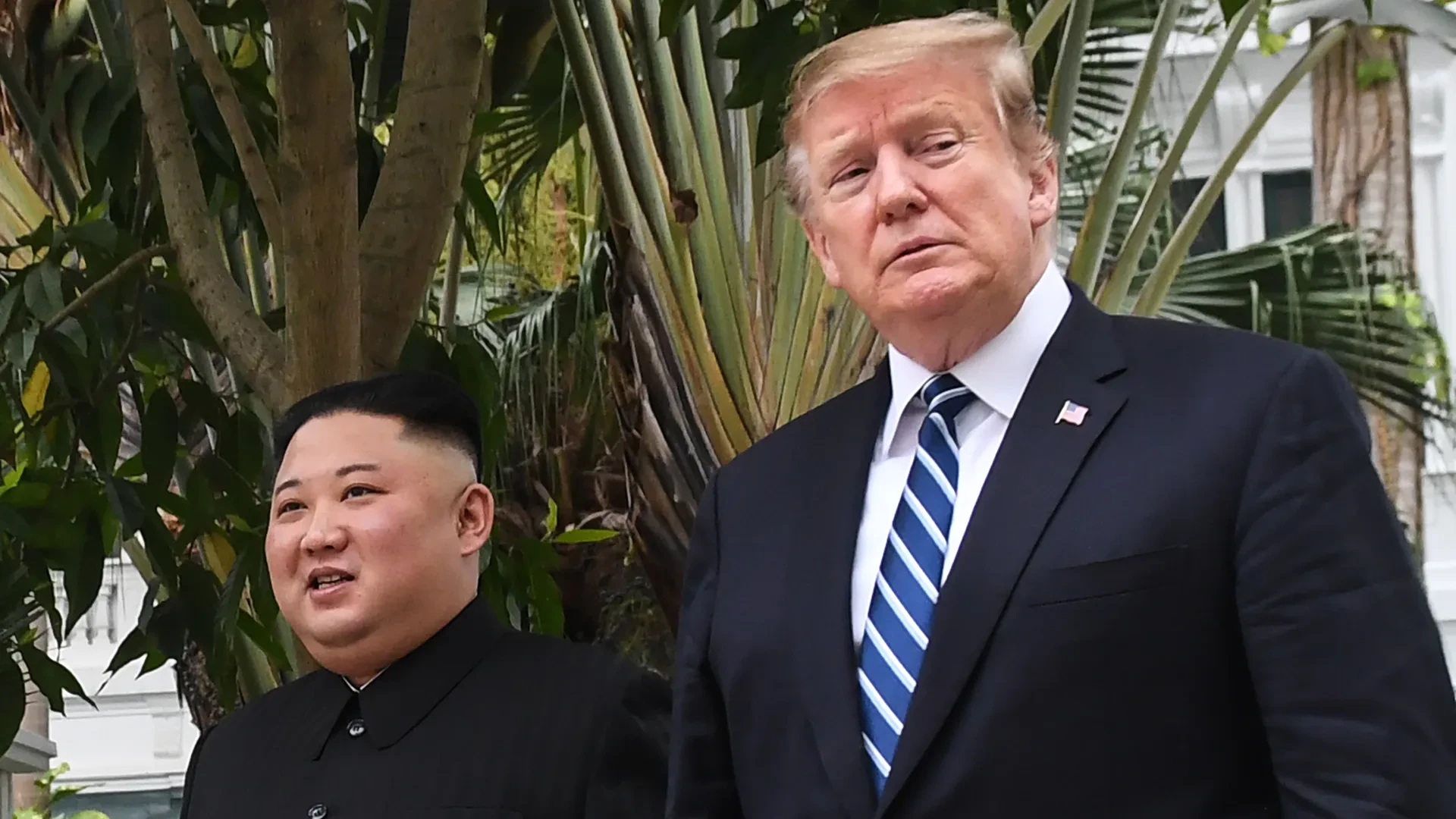

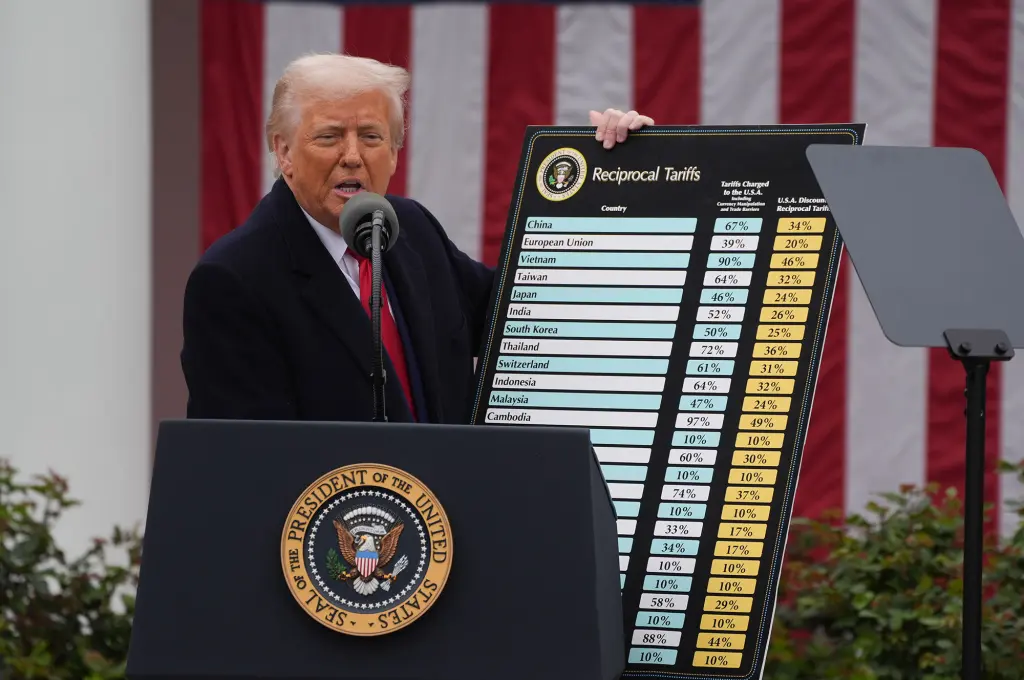
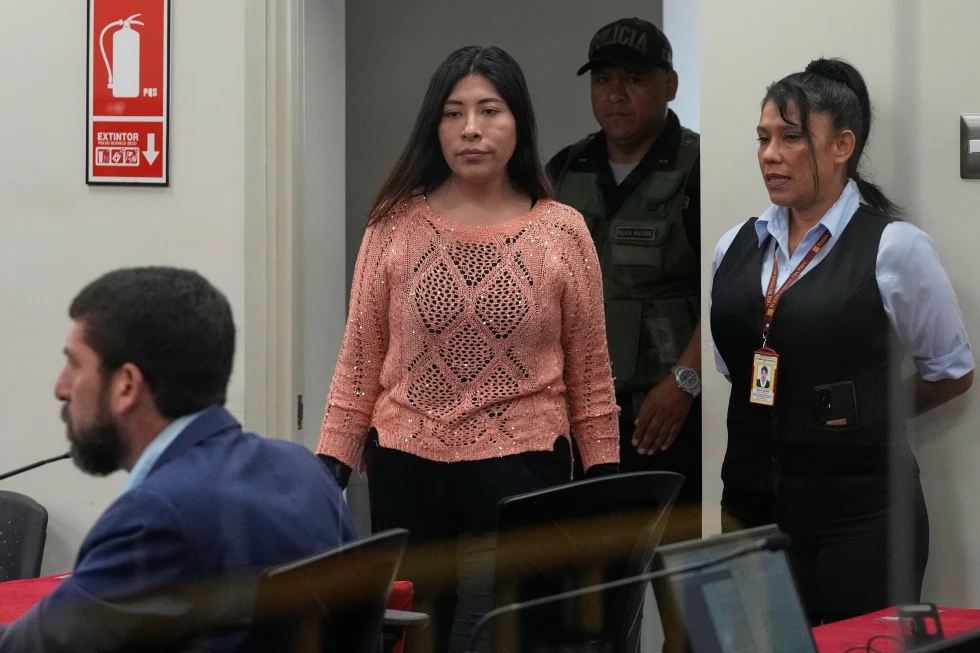


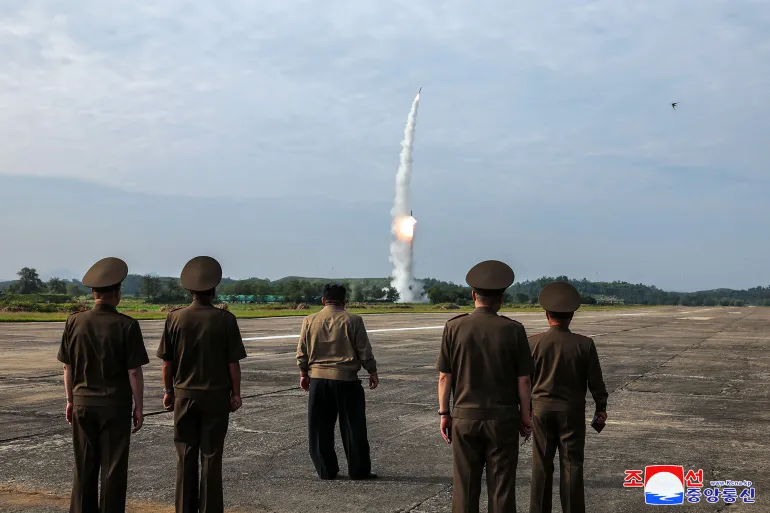

Discussion